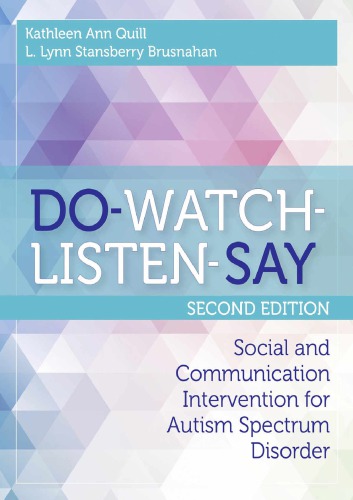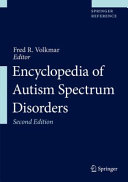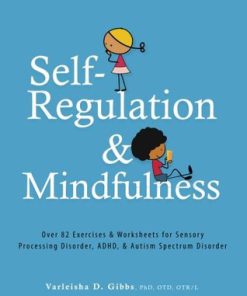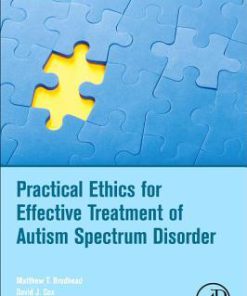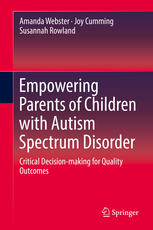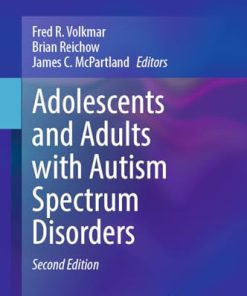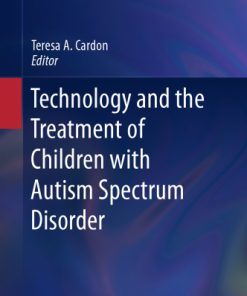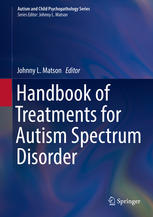DO WATCH LISTEN SAY Social and Communication Intervention for Autism Spectrum Disorder 2nd Edition by Dr Kathleen Quill Ed D BCBA D, L Lynn Stansberry Brusnahan PhD ISBN 1598579800 9781598579802
$50.00 Original price was: $50.00.$25.00Current price is: $25.00.
DO WATCH LISTEN SAY Social and Communication Intervention for Autism Spectrum Disorder 2nd Edition by Dr Kathleen Quill Ed D BCBA D, L Lynn Stansberry Brusnahan PhD – Ebook PDF Instant Download/Delivery: 1598579800, 9781598579802
Full download DO WATCH LISTEN SAY Social and Communication Intervention for Autism Spectrum Disorder 2nd Edition after payment
Product details:
ISBN 10: 1598579800
ISBN 13: 9781598579802
Author: Dr Kathleen Quill Ed D BCBA D, L Lynn Stansberry Brusnahan PhD
Trusted for more than 15 years, the groundbreaking DO-WATCH-LISTEN-SAY has revolutionized social and communication intervention for children of all ages with autism spectrum disorder. Now a new edition is here, reimagined and expanded for the next generation of children and support teams.
Whether you’re a professional already or in training to be one, this is the resource you need to address complex social and communication challenges for children with autism from ages 3 to 18. In one comprehensive volume, you’ll have everything you need to conduct effective assessment, set goals and objectives for the child, plan interventions that work, ensure generalization of skills, and monitor progress. Immediately useful new additions—including a more extensive assessment tool and a system to monitor skill development—make this a cornerstone resource for every professional working with children and youth with autism.
DO WATCH LISTEN SAY Social and Communication Intervention for Autism Spectrum Disorder 2nd Table of contents:
-
Chapter 1: Understanding Social Communication in ASD
- Defining social communication: verbal and non-verbal elements.
- Common social communication challenges in individuals with ASD.
- Theories of social communication development and their relevance to ASD.
-
Chapter 2: The DO Component – Structured Social Learning
- Interactive techniques for teaching social behaviors.
- Role of modeling, guided practice, and reinforcement in teaching social skills.
- The importance of context and real-life practice in social learning.
-
Chapter 3: The WATCH Component – Observational Learning
- How observational learning can be leveraged for social skill development.
- Techniques for encouraging the observation of peers and adults in social settings.
- Using video modeling and other visual aids to promote social understanding.
-
Chapter 4: The LISTEN Component – Understanding Verbal and Non-Verbal Cues
- Developing listening skills for both verbal communication and non-verbal cues (e.g., body language, facial expressions).
- Understanding tone, pitch, and context in verbal interactions.
- Techniques for enhancing active listening and response skills.
-
Chapter 5: The SAY Component – Expressing Ideas and Emotions
- Teaching the appropriate use of language to express thoughts, emotions, and intentions.
- Promoting effective conversational skills, including turn-taking and topic maintenance.
- Strategies for managing difficulties in initiating and sustaining conversations.
-
Chapter 6: Creating an Individualized Intervention Plan
- Assessing the unique communication and social needs of individuals with ASD.
- Tailoring interventions to different age groups, cognitive levels, and social contexts.
- Setting goals and measuring progress in communication and social skills.
-
Chapter 7: Strategies for Teaching Social Play and Peer Interaction
- Techniques for facilitating peer relationships and play skills in natural settings.
- Addressing challenges in group play, turn-taking, and social reciprocity.
- Social scripts and structured activities for improving peer interactions.
-
Chapter 8: Technology and Augmentative Communication Tools in Social Interventions
- The role of technology in enhancing social and communication skills for individuals with ASD.
- Using apps, social robots, and augmentative and alternative communication (AAC) devices.
- Benefits and challenges of technology in promoting social learning.
-
Chapter 9: Family Involvement and Collaborative Approaches
- The role of families in supporting social and communication development at home.
- Collaboration between families, educators, and therapists for holistic intervention.
- Strategies for involving family members in reinforcing social skills outside of therapy sessions.
-
Chapter 10: Building Social Skills in Natural Environments
- Integrating social and communication interventions into everyday settings like school, home, and community.
- Using naturalistic teaching methods and interventions in real-life situations.
- Promoting generalization of social skills and maintaining progress over time.
-
Chapter 11: Challenges and Solutions in Social and Communication Interventions
- Common barriers in the implementation of social and communication strategies.
- Overcoming resistance to social learning and communication difficulties.
- Solutions for promoting consistency and long-term success in interventions.
-
Chapter 12: Measuring Success and Progress in Social Communication
- Assessment tools for tracking social communication development in individuals with ASD.
- Key performance indicators for social and communication interventions.
- Evaluating the effectiveness of intervention programs and adjusting strategies.
People also search for DO WATCH LISTEN SAY Social and Communication Intervention for Autism Spectrum Disorder 2nd:
do-watch-listen-say: social & communication
do-watch-listen-say pdf
do watch listen say
difference between social listening and social monitoring
social media listening activity
Tags:
Dr Kathleen Quill Ed D BCBA D,L Lynn Stansberry Brusnahan PhD,Social,Communication Intervention,Autism Spectrum Disorder
You may also like…
Medicine
Translational Anatomy and Cell Biology of Autism Spectrum Disorder 1st Edition Michael J. Schmeisser
Psychology - Cognitive Psychology
Encyclopedia of Autism Spectrum Disorders 2nd Edition Fred R. Volkmar
Relationships & Lifestyle - Health - Diseases & Disorders
Politics & Philosophy - Social Sciences
Relationships & Lifestyle - Diet & Nutrition
Relationships & Lifestyle - Health - Diseases & Disorders
Adolescents and Adults with Autism Spectrum Disorders 2nd Edition Fred R. Volkmar
Relationships & Lifestyle - Diet & Nutrition
Technology and the Treatment of Children with Autism Spectrum Disorder Cardon


